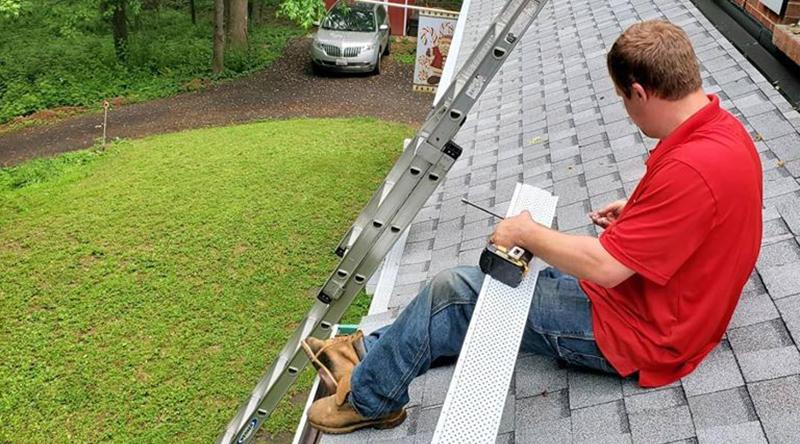When it comes to replacing a roof, homeowners often have several questions and concerns about the process. During roof replacement, one common question that arises is whether it is necessary to remove gutters. Roof replacement is a significant home improvement project that requires careful planning and execution. Gutters play a crucial role in protecting a home’s foundation and preventing water damage, so it’s essential to understand their role in the roof replacement process. In this article, we will explore whether gutters have to be removed when replacing a roof and discuss the best practices for handling gutters during this renovation.

Understanding the Role of Gutters
Gutters are an integral part of a home’s drainage system, and they serve the purpose of directing rainwater away from the roof and foundation. By doing so, gutters prevent water from pooling around the house, which can lead to structural damage and foundation issues. During heavy rain or snowmelt, gutters collect the water that runs off the roof and channel it into downspouts, guiding it safely away from the property.
Should Gutters Be Removed?
Whether to remove gutters during a roof replacement is determined by various factors, including the condition of the existing gutters, the roofing materials being used, and the roofing contractor’s preference. In some cases, when the gutters are relatively new and in good condition, removing them might not be necessary. Experienced roofing contractors can work around the gutters, carefully lifting the shingles and installing the new roof without damaging the gutter system.
Best Practices for Handling Gutters During Roof Replacement
- Inspection Before Roof Replacement: Before starting the roof replacement project, it’s essential to have the gutters thoroughly inspected. A professional contractor should assess the gutters’ condition, looking for signs of damage, clogging, or any issues that could affect the roof replacement process.
- Discuss with Roofing Contractor: Communication with the roofing contractor is vital to determine the best approach for handling the gutters during the roof replacement. In the process of evaluating the condition of the gutters, a reputable contractor will discuss whether they can safely stay in place or require temporary removal.
- Temporary Removal and Protection: If the roofing contractor chooses to temporarily remove the gutters, they should carefully take them down to avoid any damage. After placing the new roof, the contractors can reinstall the gutters. During the roofing process, the contractor should protect the gutters and downspouts from any potential damage caused by falling debris or tools.
- Consider Gutter Replacement: If the gutters show signs of being old, damaged, or not functioning correctly, it might be a good time to consider replacing them while replacing the roof. This will ensure that the entire drainage system is in optimal condition and can effectively protect the home from water damage.
- Gutter Maintenance After Roof Replacement: After completing the roof replacement and reinstalling or replacing the gutters, it’s crucial to regularly maintain them. Keep the gutters clean and free from debris to ensure they continue to function correctly and protect the home’s foundation.
Conclusion
In conclusion, the removal of gutters during a roof replacement depends on several factors, and there isn’t a one-size-fits-all answer to this question. Homeowners should work closely with their roofing contractor to assess the condition of the gutters and determine the best course of action. If the gutters are in good condition, an experienced roofing contractor can often work around them without removing them. However, if the gutters are old or damaged, it might be a good opportunity to replace them to ensure the entire drainage system is functioning optimally.
Remember that gutters play a vital role in protecting your home from water damage, and proper maintenance is essential. Regularly inspect and clean your gutters to prevent clogs and ensure they can effectively direct rainwater away from your roof and foundation. By taking proper care of your gutters and working with a reputable roofing contractor, you can ensure a successful roof replacement project and protect your home for years to come.



Leave a Reply